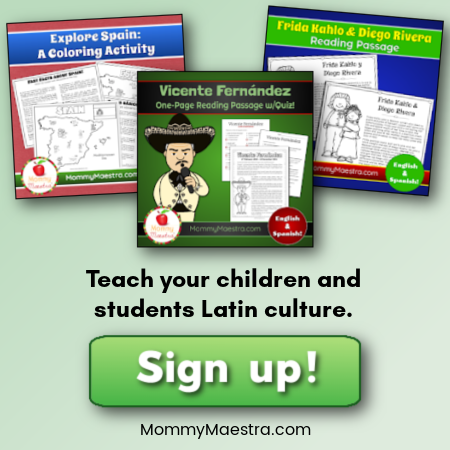Dear Friends,
I want to close out the year here on MommyMaestra with a sincere thank you and update regarding the Migrant Children's Book Drive. Back in June, I was feeling helpless and angry about the situation along our border. Thinking about the children made me ill - and it still does. Then, I saw one piece of good news on TV. After watching the segment about how Save the Children was helping the lovely people of Deming, New Mexico, to run a humanitarian shelter to help the people (many of the families, and over half of them children) who were being released from the detention centers.
I asked Save the Children if they needed Spanish-language books for the children, and when they said yes, I decided to host a book drive to get as many books as possible. I reached out to all of you here on MommyMaestra and on social media. I wrote emails to authors and publishers. And the books just started coming and coming and coming.
The notes that many of you included were so heartfelt and moving. It was very emotional. And I want to thank you all from the bottom of my heart for your kindness and willingness to join me in trying to do something nice for these families. To lighten their young spirits, if only for a short while... but maybe longer.
The books were used inside the Child-Friendly Spaces and Mother/Baby Areas that Save the Children managed inside the shelters in Deming and Las Cruces, NM. But in addition, we sent more books so that the children passing through could take one with them on their journeys.
And then I learned about the wonderful work that REFORMA's Children in Crisis Task Force was doing along the border here in Texas and also in California. So any books that came in that were not approved by Save the Children, were shipped to them, too.
In all, we have sent around 3,000 children's books - mostly Spanish, but some in English and some bilingual - to these two programs. We've stopped collecting books, mainly because fewer families are coming across (due to changes in Mexico's handling of the situation) and fewer are being released. (Please note that there are children who have been separated from their families who are still being imprisoned in the horrid camps.)
But I wanted to share one last thing with you. I received this email a couple of days ago from Carolyn Miles, the Chief Executive Officer at Save the Children. This is really meant for all of you in the MommyMaestra community who gave so generously to the book drive.
You have made a difference.
And I want you to know that as the year closes, and carry that feeling with you into the next decade.
Muchisimas gracias! You are all wonderful human beings.
Click on the image of the letter below to make it bigger so you can read it easily.
























































